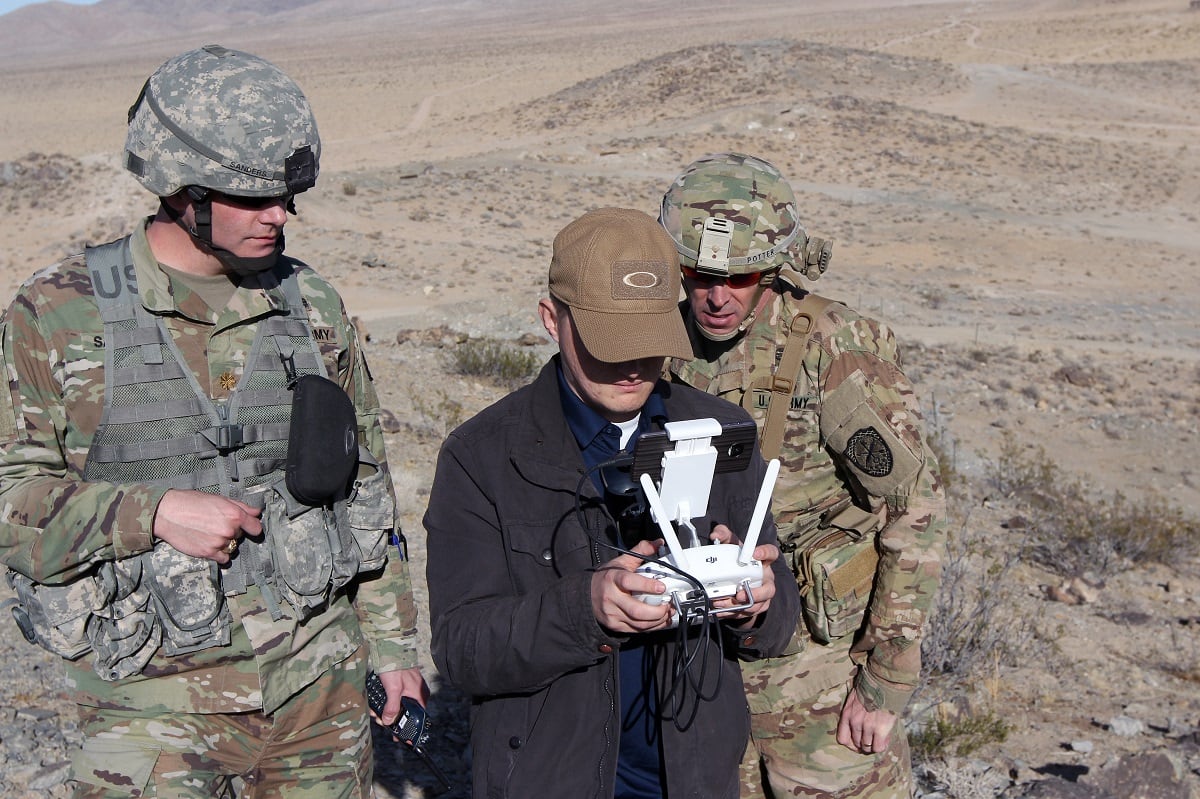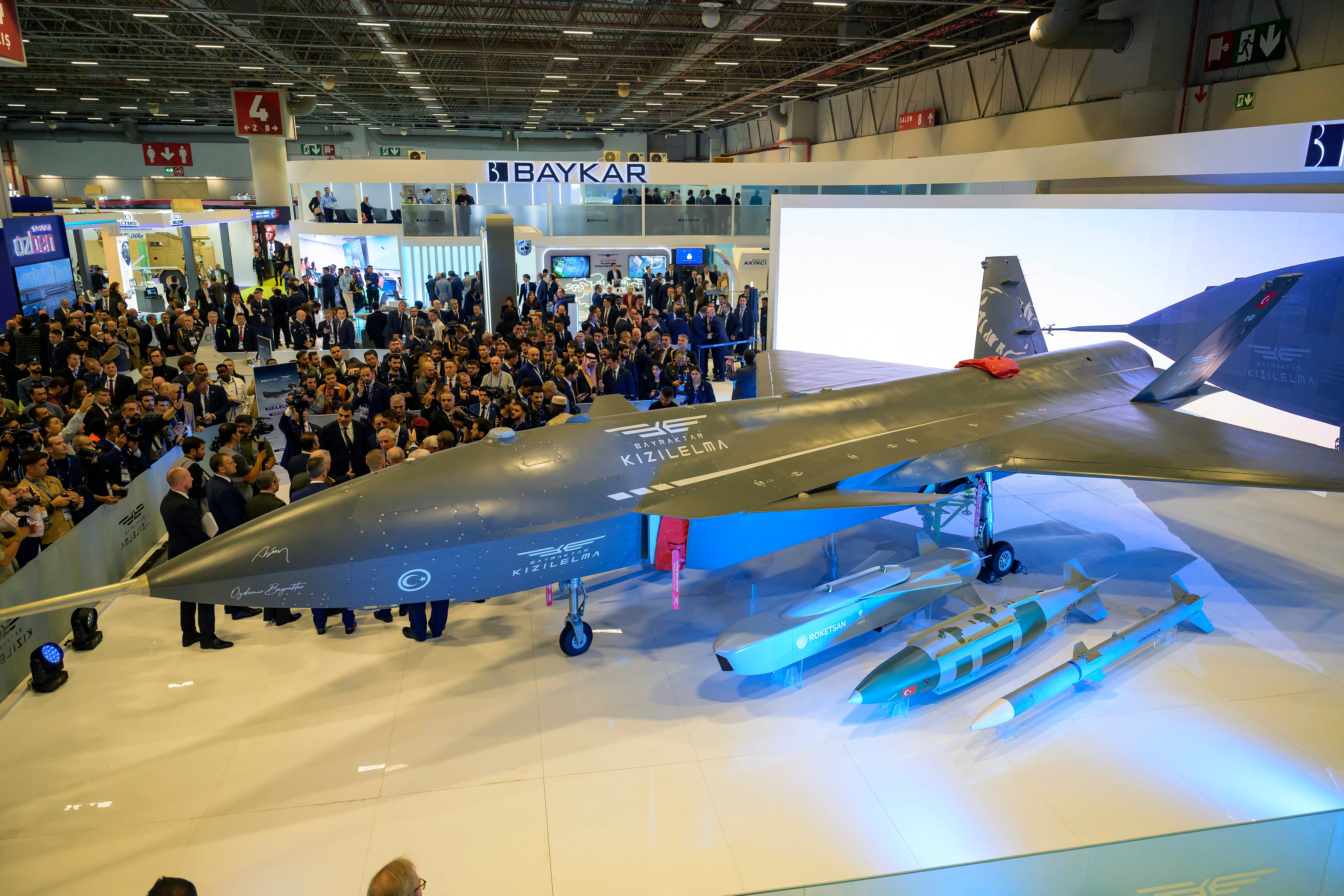The Army is looking to build up and resource expeditionary cyber teams that will conduct cyber effects at the tactical edge.
These units are called expeditionary cyber support detachments, or ECSDs, and are small teams attached to companies that provide cyber and electromagnetic spectrum effects such as sensing or jamming.
RELATED
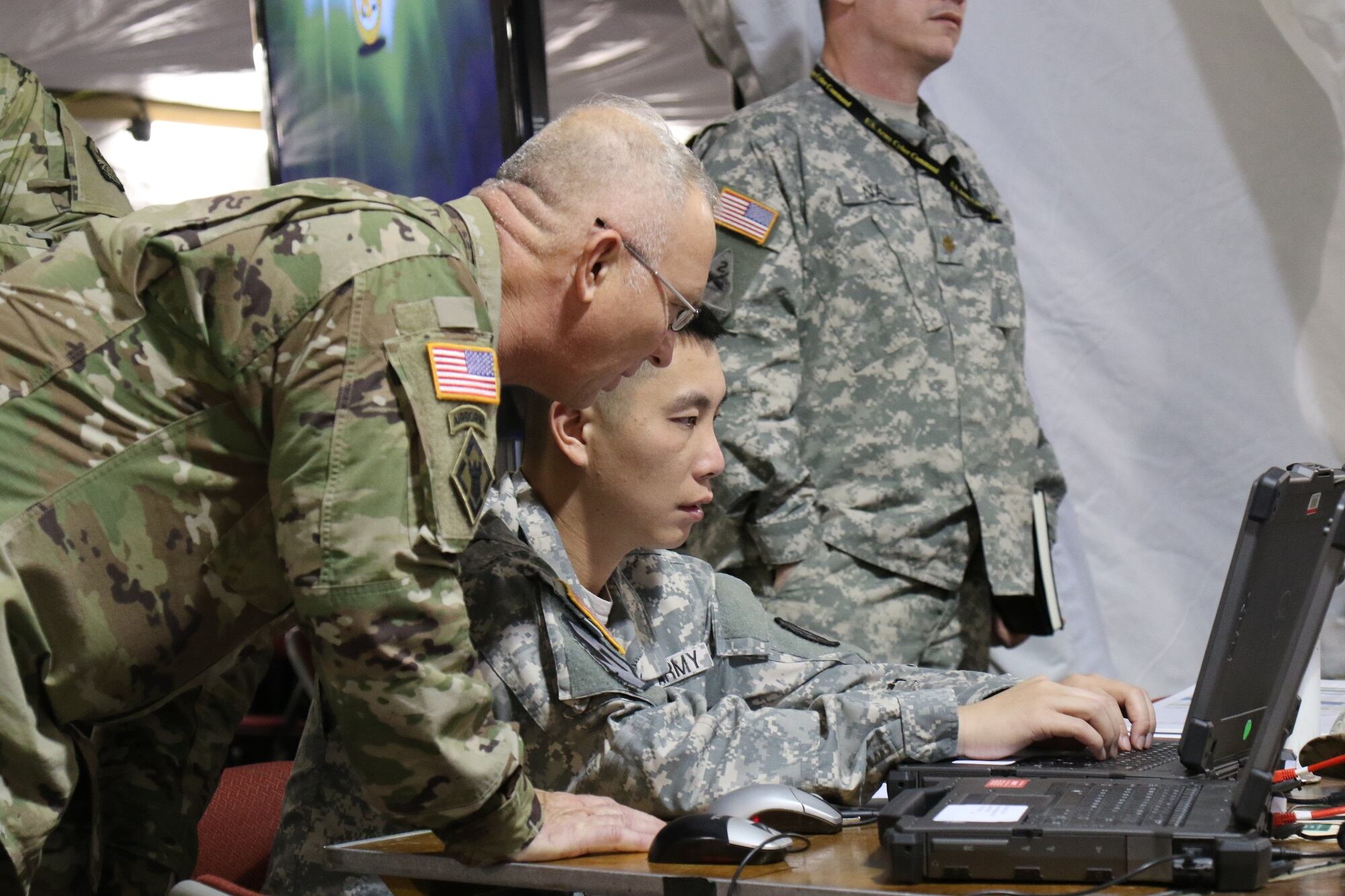
These teams have evolved and continue to shift in size and capability.
“Every time we go out we’re always trying to find something new, some new angle or some way to leverage cyber effects to help the warfighter,” Staff Sgt. Christopher Knight, an ECSD team member told Fifth Domain in a recent visit to Fort Gordon.
Knight said it is difficult to find the right staff given the small pool of cyber experts. The ECSDs are recruiting to expand, he said, adding they just received eight more soldiers and are working to train them and develop a pipeline. Currently there are three teams, which fall under the 780th Military Intelligence brigade, with as many as seven soldiers.
Knight himself previously served on the cyber mission force, which is U.S. Cyber Command’s cyber force. He “jumped” at the chance to get out of a cubicle doing cyber operations and back to the forward edge, boots on the ground leveraging his knowledge of cyber.
Part of the challenge for these new expeditionary cyber soldiers is since they are not conducting operations from remote sanctuary locations, they need to work how to get close enough to targets in order to execute their attacks.
“We focus on our proximal access to get as close as possible and deliver cyber effect but still stay out of range” and have to figure out when to pull back, Knight said. “We have to be well rounded soldiers now. We can’t just be really tech savvy, we have to be combat ready at the same time."
Equipment
With the push to conduct expeditionary and tactical cyber operations, forces are going to need equipment. Previously, the cyber mission force has been the primary focus, according to Col. Steve Rehn, the capabilities manager for Cyber in the Army.
Now there’s a shift to the tactical space.
RELATED
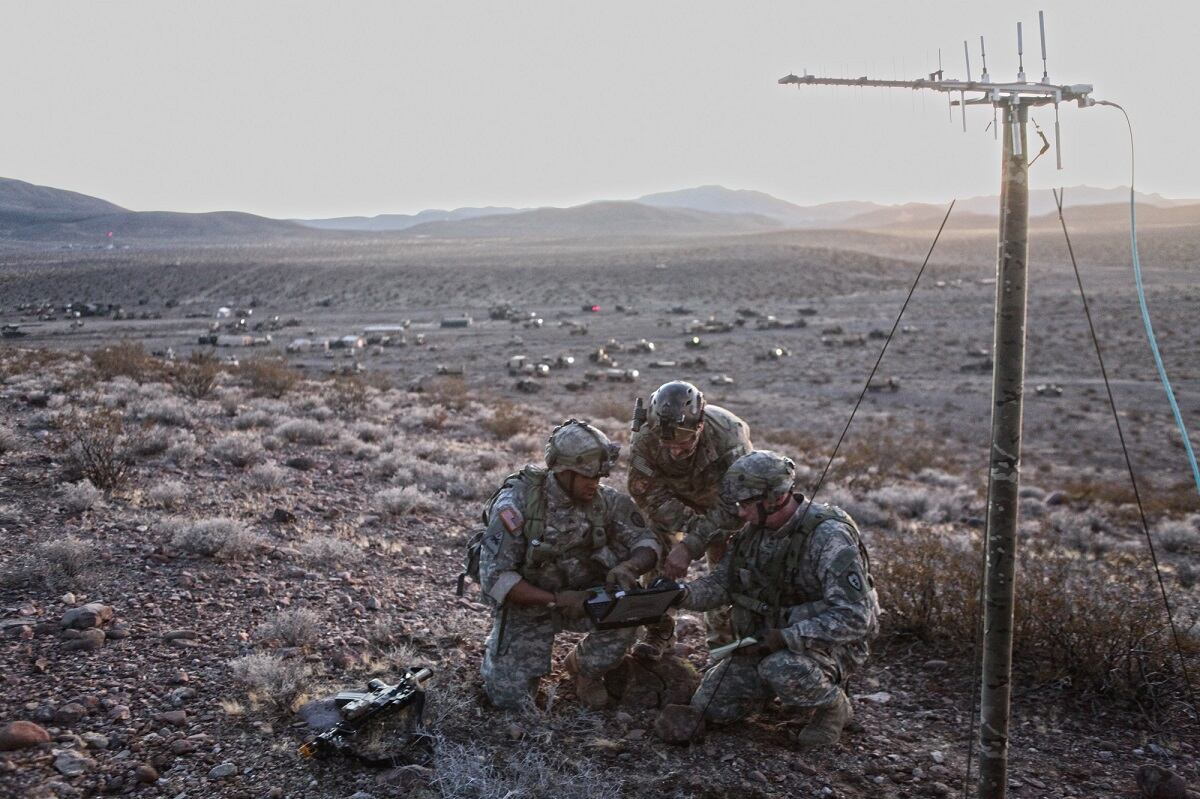
Rehn said in trying to equip these tactical forces – on the offensive and defensive side – the Army wants to build capabilities that can also be used by the joint force and cyber mission force.
“[We] can’t have a set of capabilities especially for the tactical environment that cannot integrate with, or operate with, the stuff that we use for the cyber mission force in the operational/strategic force,” he said.
With all the new forces standing up, the Army’s Rapid Capabilities Office is watching how they can meet the requirements.
RELATED
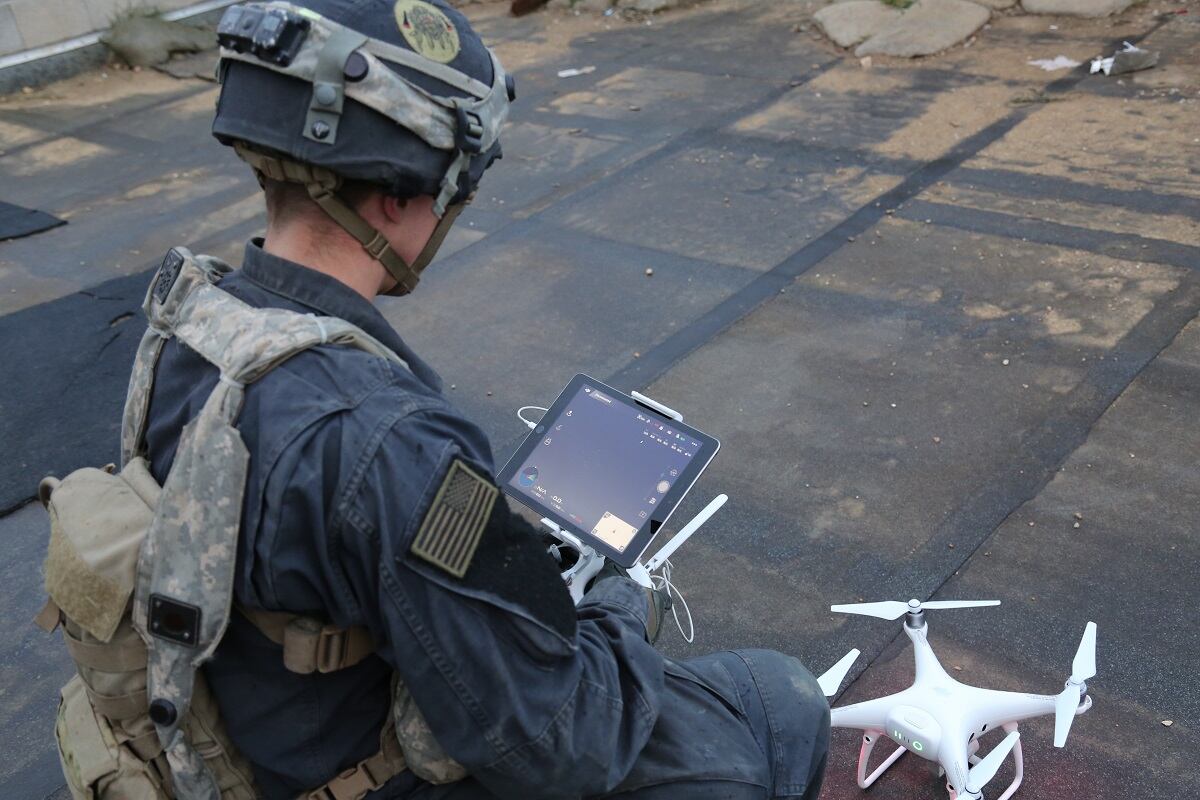
“These are formations that are going to generate needs that aren’t going to be specifically designed for what we had spent the last five years building, which is a framework to equip our cyber forces,” Jack Dillon, cyber lead at the Army Rapid Capabilities Office, said in August during a presentation at TechNet Augusta. “We’re interested in those discussions and what types of capabilities we could enable and prototype where there may be gaps from the program community now.”
In terms of the ECSDs, Knight said since they are constantly developing, they have to train on every device and hardware configuration as well as even develop new capabilities, sometimes on the fly.
Mark Pomerleau is a reporter for C4ISRNET, covering information warfare and cyberspace.
